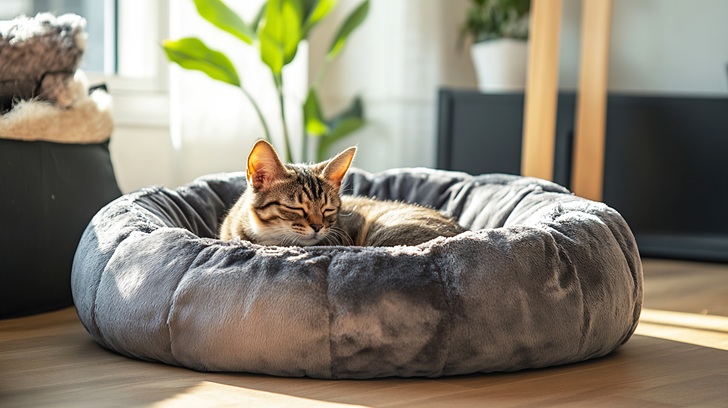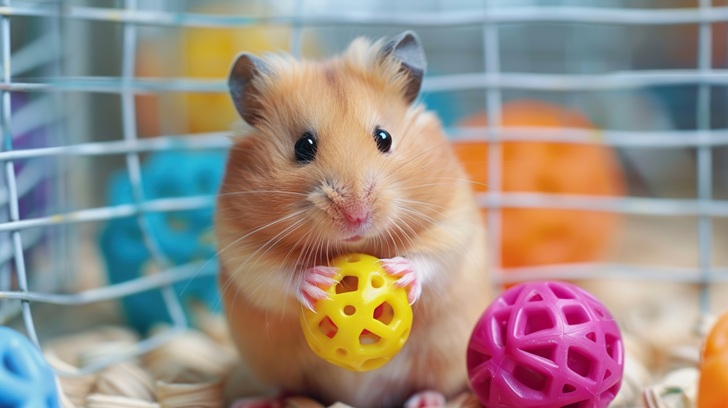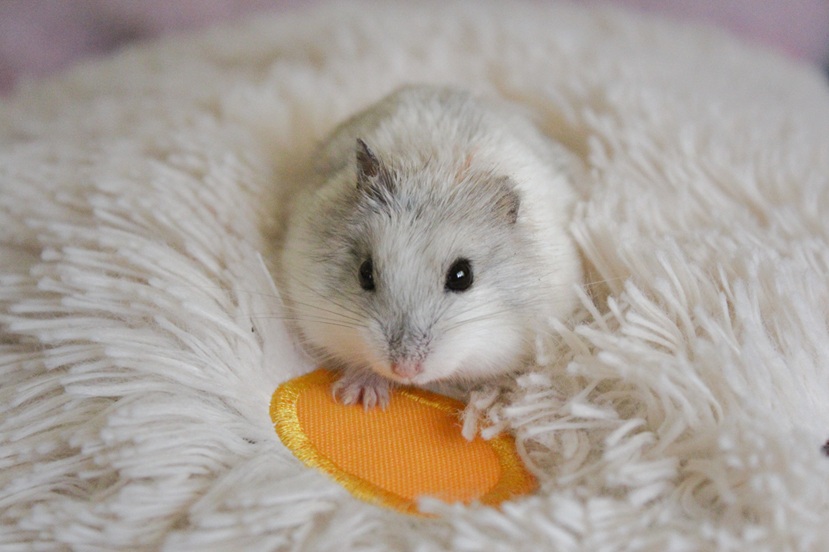4 Signs Your Cat Is Mad—Cat Parents Only!
Cats are masters of subtle communication, but when they’re mad, they leave clues—if you know where to look. Unlike dogs, who might bark or wag their tails aggressively, cats express anger through body language, vocalizations, and behavior changes that can be easy to miss for new pet parents. Recognizing these signs is key to avoiding scratches, calming your feline friend, and strengthening your bond. Here are four telltale signs that your cat is feeling frustrated, annoyed, or outright angry.
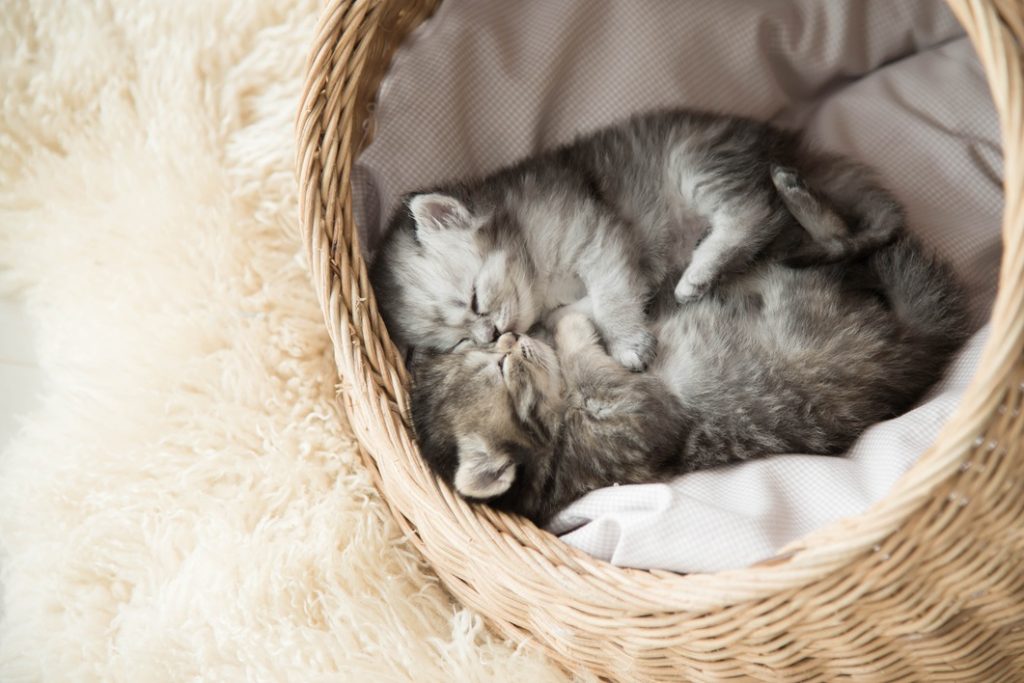
1. Flattened Ears or a Twitching Tail
A cat’s ears and tail are like emotional barometers, and when they’re mad, these features send clear signals. Flattened ears—pressed tightly against the head, almost like they’re trying to disappear—are a classic sign of anger or fear (and often both). This posture helps protect their ears in case of a fight and shows they’re on high alert. Equally telling is a twitching tail: not the slow, gentle flick of curiosity, but a rapid, tense twitch from side to side. Some cats might even thump the tip of their tail against the floor or furniture, a more urgent sign that they’re reaching their breaking point. If you see either of these, it’s time to give your cat space—don’t try to pet or play with them until they relax.
2. Hissing, Growling, or Spitting
Vocalizations are your cat’s way of saying “back off” when body language isn’t enough. Hissing—a sharp, sibilant sound—is one of the most obvious signs of anger. Cats hiss by forcing air through their teeth, and it’s a warning that they feel threatened and may attack if provoked. Growling is deeper and更低 pitched, often paired with a stiff body, and means your cat is feeling territorial or annoyed. Spitting—a short, sharp expulsion of air mixed with saliva—takes hissing up a notch and is a clear sign your cat is furious. These sounds aren’t just for show; they’re pre-attack warnings. If your cat hisses, growls, or spits, stop whatever you’re doing and move away slowly to avoid escalating the situation.
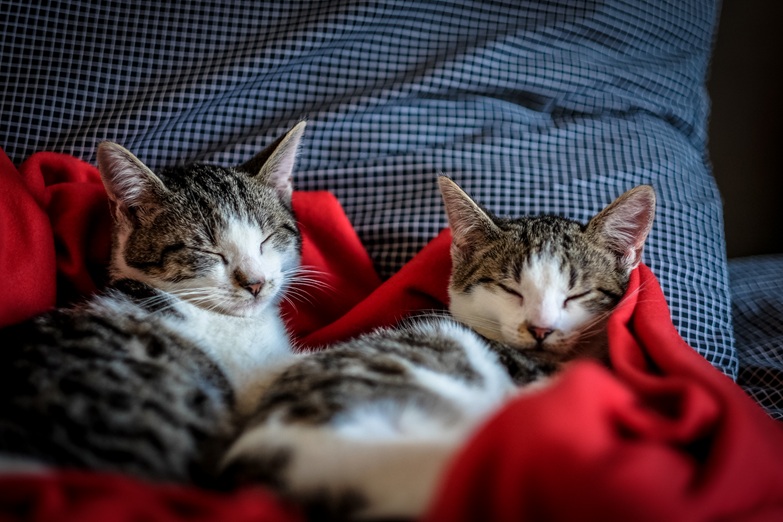
3. Dilated Pupils and a Stiff Body
A cat’s eyes and posture reveal a lot about their mood, especially when they’re mad. Dilated pupils (large, black centers) can indicate anger, fear, or excitement—but when paired with a stiff body, they’re almost always a sign of distress. The stiffness comes from tension: their legs may be straight and rigid, their back might be slightly arched (though less dramatically than when they’re scared), and their fur may stand on end along the spine (a phenomenon called piloerection). This “stiff as a board” posture shows your cat is ready to defend themselves. They might also stare intently at the source of their anger—whether it’s another pet, a loud noise, or even you if you’ve upset them. Avoid making direct eye contact, as this can be seen as a challenge.
4. Avoidance or Aggressive Swatting
When cats are mad, they often choose one of two responses: flight or fight. Avoidance is the “flight” option—your cat might storm off to a hiding spot (under the bed, in a closet) and refuse to come out. They may turn their back on you when you try to interact, or move away every time you reach for them. This isn’t just “being stubborn”; it’s their way of cooling down and regaining control. If avoidance doesn’t work, they may switch to the “fight” response: aggressive swatting with their paws (often with claws out) or even biting. Some cats might also “attack” inanimate objects, like a toy or a pillow, as a way to release their frustration. If your cat starts swatting, don’t punish them—instead, give them space and let them calm down on their own.

